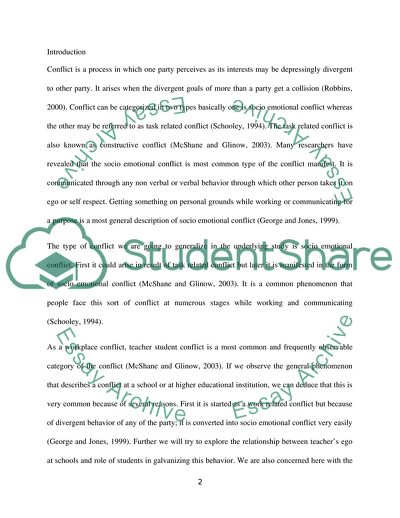Cite this document
(Teachers and Their Ego in the Workplace Literature review Example | Topics and Well Written Essays - 2250 words, n.d.)
Teachers and Their Ego in the Workplace Literature review Example | Topics and Well Written Essays - 2250 words. https://studentshare.org/education/1796813-conflict-resolution
Teachers and Their Ego in the Workplace Literature review Example | Topics and Well Written Essays - 2250 words. https://studentshare.org/education/1796813-conflict-resolution
(Teachers and Their Ego in the Workplace Literature Review Example | Topics and Well Written Essays - 2250 Words)
Teachers and Their Ego in the Workplace Literature Review Example | Topics and Well Written Essays - 2250 Words. https://studentshare.org/education/1796813-conflict-resolution.
Teachers and Their Ego in the Workplace Literature Review Example | Topics and Well Written Essays - 2250 Words. https://studentshare.org/education/1796813-conflict-resolution.
“Teachers and Their Ego in the Workplace Literature Review Example | Topics and Well Written Essays - 2250 Words”. https://studentshare.org/education/1796813-conflict-resolution.


